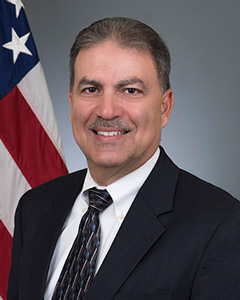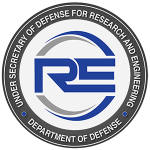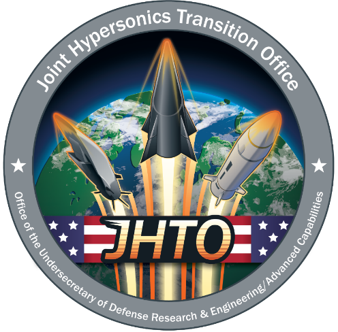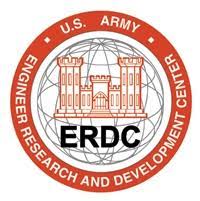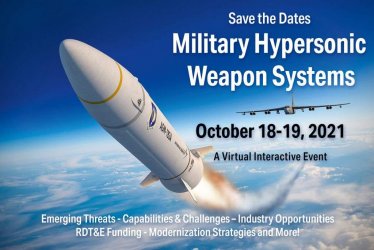Military Hypersonic Weapon Systems
Hypersonic Weapons are accelerating the pace at DoD for the evaluation of potential weapon system concepts and mission sets. As DoD is preparing for $10 billion to enable fielding of Hypersonic Glide Vehicles (HGV) within the next five years, this has created a surge of a rapid R&D for Hypersonic Technologies. Hypersonic Glide Vehicles (HGV) are launched from a rocket before gliding to a target and alternatively, hypersonic cruise missiles are powered by high-speed, air-breathing engines, or commonly referred to as “scramjets,” after acquiring their target.
Opportunities for Industry:
Evaluation of the U.S. hypersonic test and evaluation infrastructure, the Institute for Defense Analyses noted that “no current U.S. facility can provide full-scale, time-dependent, coupled aerodynamic and thermal-loading environments for flight durations necessary to evaluate these characteristics above Mach 8.” Unlike programs in China and Russia, most U.S. hypersonic weapons are to be conventionally armed. As a result, U.S. hypersonic weapons will likely require greater accuracy and will be more technically challenging to develop than nuclear-armed Chinese and Russian systems. There are many technical challenges to overcome, Hypersonic weapons could challenge detection and defense due to their speed, maneuverability, and low altitude of flight. For example, terrestrial-based radar cannot detect hypersonic weapons until late in the weapon’s flight.
A transition to a new warfighting doctrine with multi-domain ops as it was initially defined through the Army, will now change how the joint force must approach the long-range strike missions. While industry has developed warheads, glide bodies and other components, there is no industrial base equipped to manufacture hypersonic weapons. “As hypersonic missiles become a reality, industry is going to have to relearn how to effectively, efficiently and economically produce them while industry has developed warheads, glide bodies and other components, there is no industrial base equipped to manufacture hypersonic weapons.”– Michael Griffin, Pentagon’s Undersecretary of Defense for Research and Engineering
Opportunities for Industry:
The FY21 President’s Budget dedicates serious funding ($1.7 billion) into R&D of Autonomy and Intelligent Robotics and $841 million into AI. Emerging technologies that can perform autonomously, make intelligent decisions based on what they “sense” and carry out successful missions (with or without a human in the mix), reflect the critical funding for these Advanced Capabilities Enablers to DoD’s strategy over the next decade and will rely on Industry innovation to provide solutions for the high end fight.
Program Themes Include:
- DoD Hypersonic & Autonomous Systems: Plans, Programs and Emerging Opportunities for Industry
- Space Based Hypersonic Tracking Sensors & Ground Based Interceptor Capabilities and Requirements
- Ground Launched/Ground Based Strategic Deterrents
- Advancements in Hypersonic Glide Vehicles (HGV) & Long-Range SCRAMJET Missile Technologies
- Hypersonic Defense Modular System Architecture and Industrial Engineering Challenges
- Position, Navigation (PNT) Needs & Requirements
Why attend:
Attending this Program will provide each virtual attendee the opportunity to obtain invaluable information on the emerging opportunities within DoD, Government and Industry Markets found nowhere else in an intimate live virtual setting. Each Hypersonic & Autonomous Systems program representatives will closely examine emerging technologies and present in 30-minute sessions over three days while also thoughtfully interacting with attendees during their dedicated Q&A sessions.
Speaker and Presenter Information
New Speakers Added Weekly!
Michael White, Principal Director Hypersonics Office of the Under Secretary of Defense, Research and Engineering Modernization
Dr. Larry Wortzel, Senior Fellow in Asian Security at the American Foreign Policy Council
Dr. Gillian Bussey Inaugural Director, Joint Hypersonics, Transition Office (JHTO), Office of the Undersecretary of Defense, Research, and Engineering, Advanced Capabilities, OUSDRE
Tom Korako, Senior Fellow, International Security Program, Director, Missile Defense Project, Center for Strategic Studies
Rex Jordan, SVP Global Enterprise, BAH
Dr. Douglas Blake, SES, Head, Aviation Force Projection and Integrated Defense Department ONR
 Dr. Iain Boyd, Professor of Aerospace Engineering Science, Faculty Director for National Security, Ann and H.J. Smead Aerospace Engineering Sciences College of Engineering and Applied Science
Dr. Iain Boyd, Professor of Aerospace Engineering Science, Faculty Director for National Security, Ann and H.J. Smead Aerospace Engineering Sciences College of Engineering and Applied Science
Dr. Scott A. Morton, Associate Director for CREATE DoD High Performance Computing Modernization Program, Information Technology Laboratory, US Army Engineering Research and Development Center
Dr. Bojana Nikolic, Chief Engineer, Hot Air Tunnel (HAT) Program, Teledyne Brown Engineering, Missions Hypersonics Directorate
Expected Number of Attendees
200Relevant Government Agencies
Air Force, Army, Navy & Marine Corps, Intelligence Agencies, DOD & Military, Office of the President (includes OMB), Dept of Homeland Security, GSA, NASA, State Government, CIA, Coast Guard, National Guard Association, Federal Government, State & Local Government, Foreign Governments/Agencies, NSA
View Exhibitor/Sponsorship Details
Event Type
Virtual
When
Mon-Tue, Oct 18-19, 2021, 9:00am - 3:00pm
Exhibit Dates
Mon-Tue, Oct 18-19, 2021
Cost
| Individuals/Contractors: | $895.00 |
| University Faculty/Student: | $599.00 |
| Active duty military/ DoD: | $0.00 |
Where
Virtual
Virtual Event
Website
Click here to visit event website
Organizer
Technology Training Corporation
Join the event conversation:
@TechTrain
#gov, #USMC, #DoD,#USN,#Army



